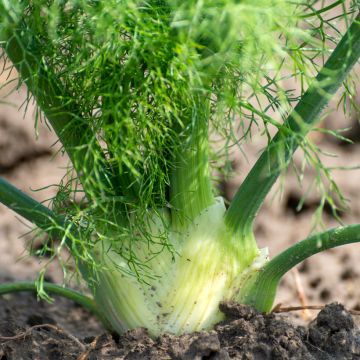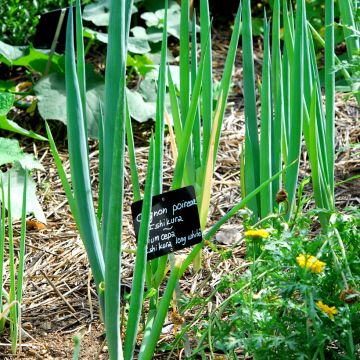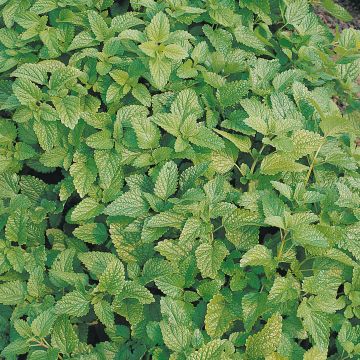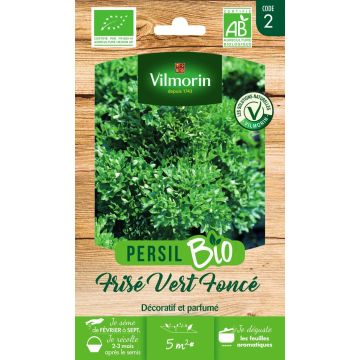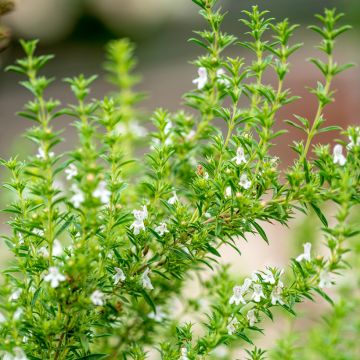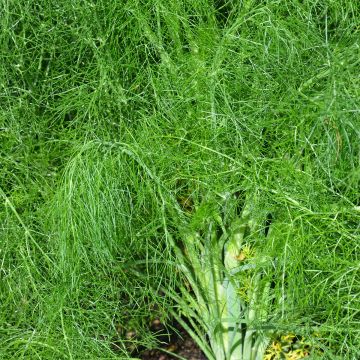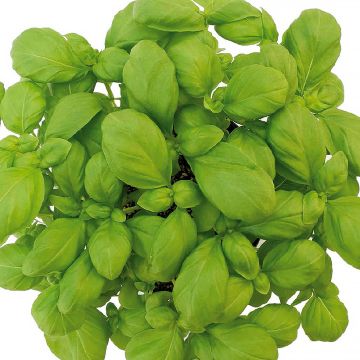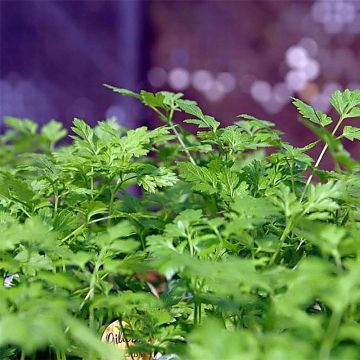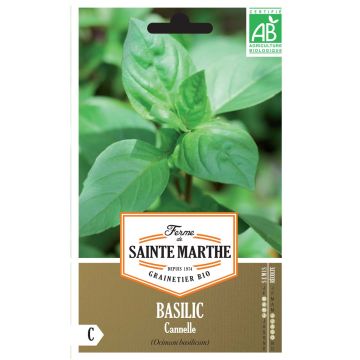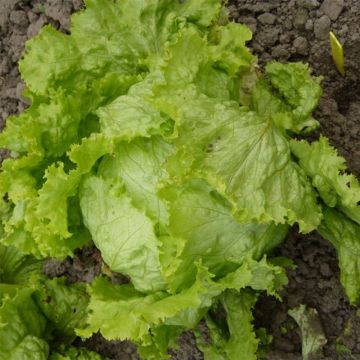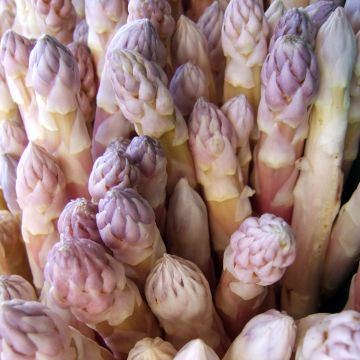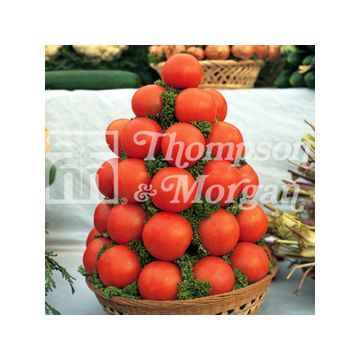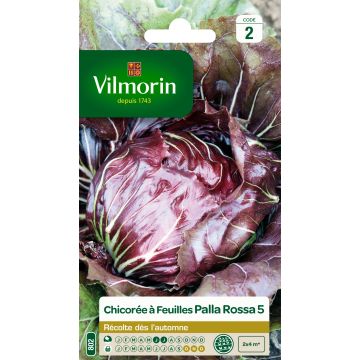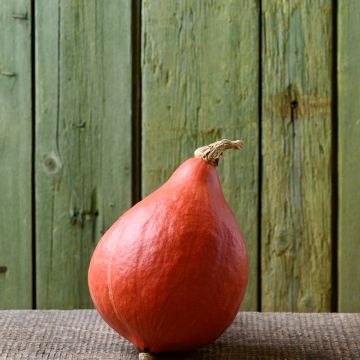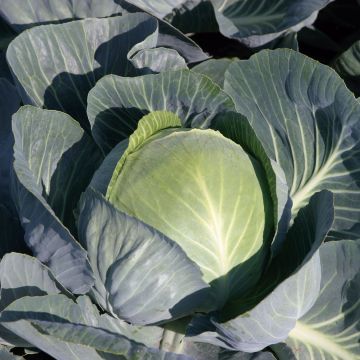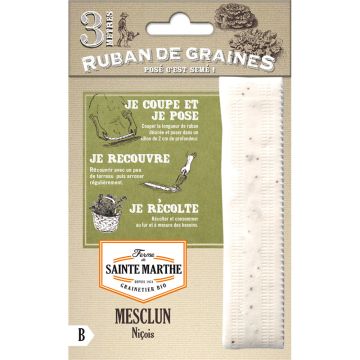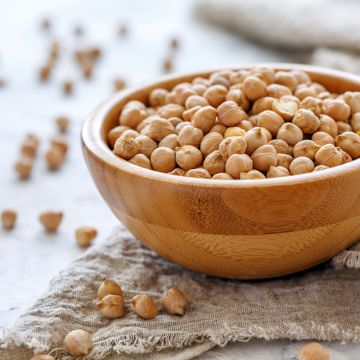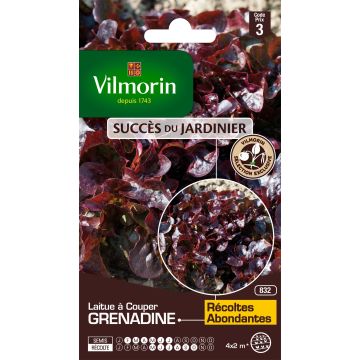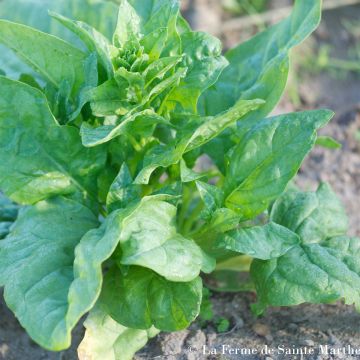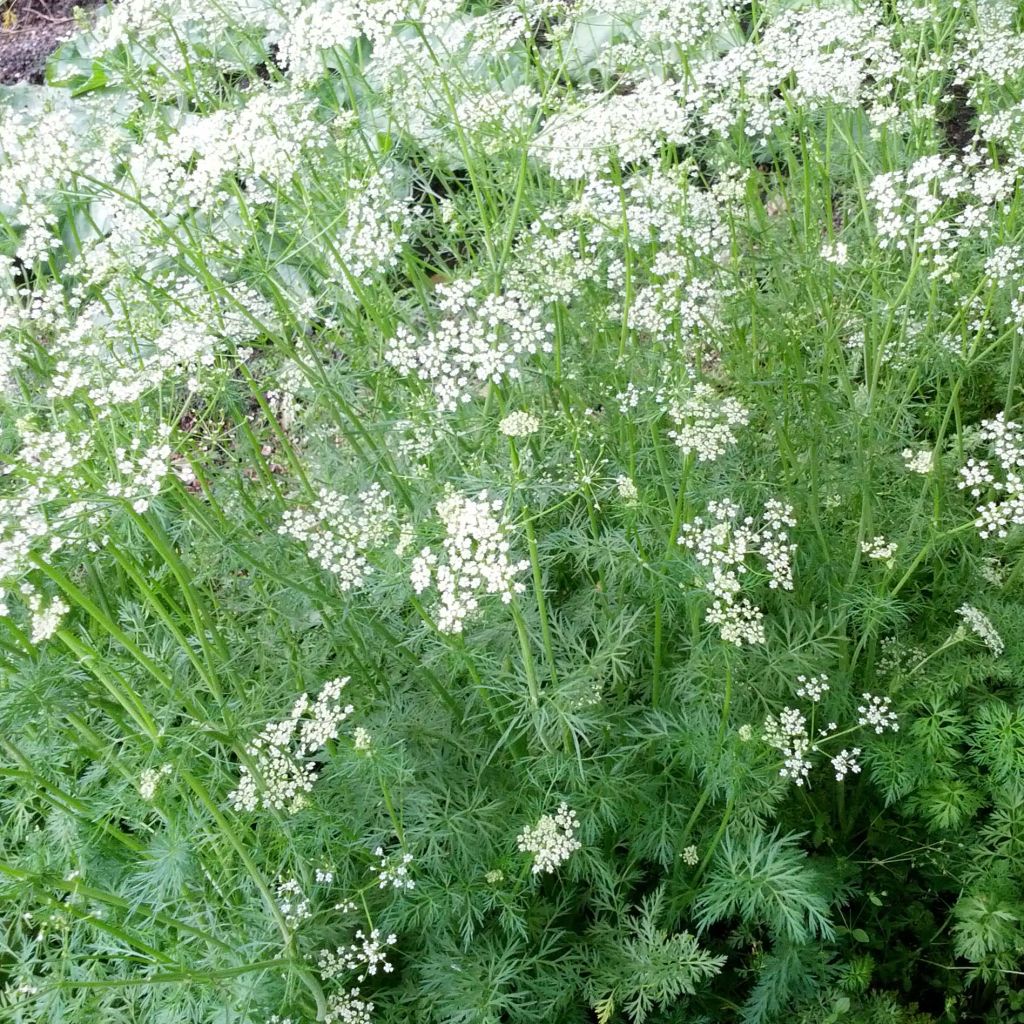

Cumin - Cuminum Cyminum
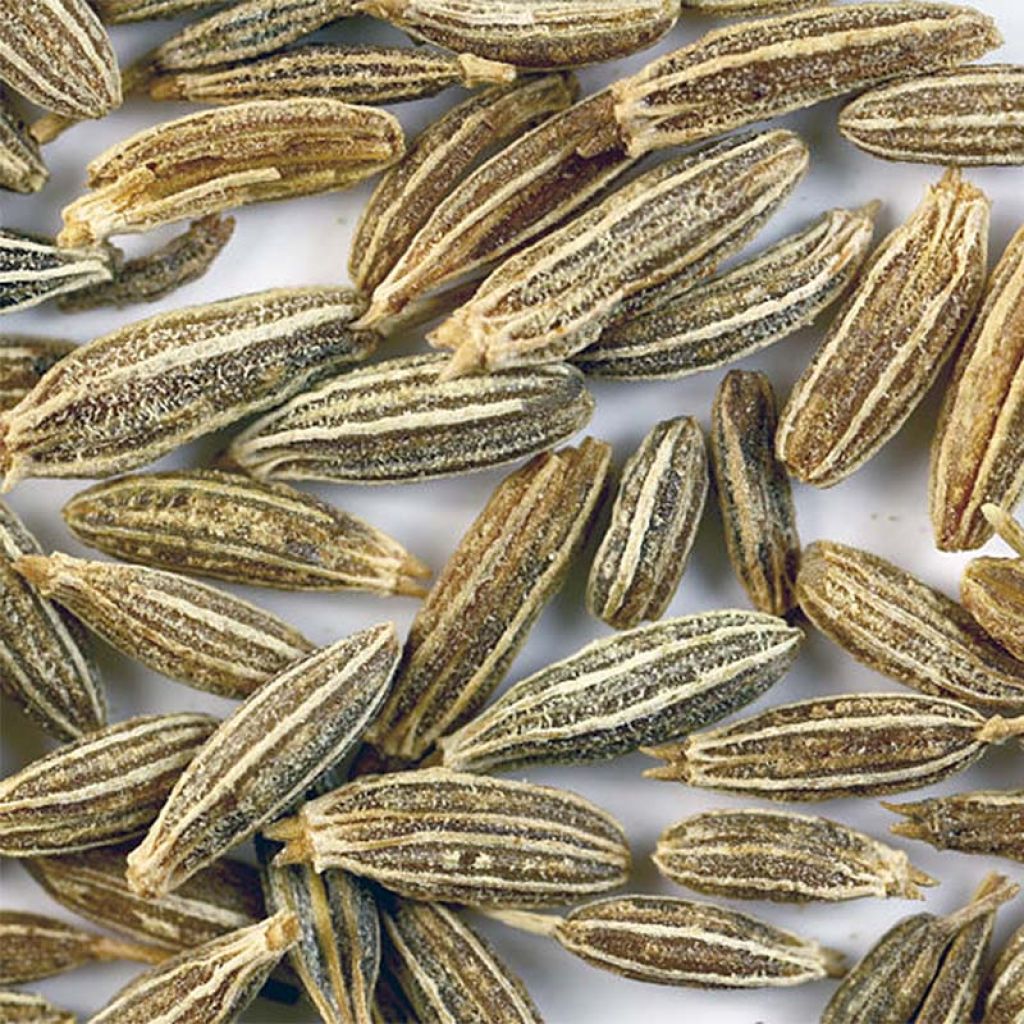

Cumin - Cuminum Cyminum
Cumin - Cuminum Cyminum
Cuminum cyminum
Cumin
Alright, nothing to say.
Antonin, 11/12/2020
This item cannot be shipped to the selected country
Dispatch by letter from €3.90
More information
Schedule delivery date,
and select date in basket
This plant carries a 6 months recovery warranty
More information
We guarantee the quality of our plants for a full growing cycle, and will replace at our expense any plant that fails to recover under normal climatic and planting conditions.
Seed-only orders are dispatched by sealed envelope. The delivery charge for seed-only orders is €3.90.
Description
Le Cumin est une plante très aromatique aux vertus médicinales. C'est une annuelle au port dressé, haute de 30 cm. Son feuillage est vert foncé et ses feuilles sont filiformes. Ses fleurs blanches donnent naissance à des graines ovoïdales, d'un brun grisâtre, de 5-6 mm, à saveur épicée, utilisées en cuisine. Semez de février à mai. Récoltez de juillet à septembre.
Originaire du Proche-Orient, le cumin aime le soleil et s’épanouit idéalement sous un climat chaud et ensoleillé. On lui attribue plusieurs noms dont les plus courants sont « cumin blanc », « cumin du Maroc » ou encore « cumin de Malte ». On le surnomme également « faux anis » ou « anis âcre » en raison de l’odeur et de la saveur de ses graines qui peuvent faire penser à l'anis. Les fruits hérissés de poils deviennent secs à maturité et dégagent un parfum délicat. Ils produisent une seule graine de cumin qui ressemble aux graines de carvi avec lesquelles on les confond parfois : la graine de cumin est plus claire et est constituée de deux coupelles. Le cumin est généralement employé dans des mélanges traditionnels d'épices (chili du Mexique, Garam masala de l'Inde, Ras-el-Hanout d'Afrique du Nord). En Europe, il est utilisé seul dans les pains et les fromages, sur les viandes grillées et les pâtisseries.
En plus d'être aromatique, le cumin a des qualités médicinales : en fin de repas, il facilite la digestion.
Récolte : 3 à 4 mois après le semis, récoltez au fur et à mesure les graines arrivées à maturité, c'est-à-dire lorsque les cosses prennent une couleur brune.
Conservation : avant utilisation, faites sécher les graines. Conservez-les dans un bocal hermétique dans un endroit frais, sec et à l'abri de la lumière. Conservation : 1 an pour les graines entières ; 1 à 2 mois lorsqu'il est moulu.
Le petit truc du jardinier : le cumin est une plante très résistante. Elle peut cependant être sujette aux attaques de limaces et escargots. Pour vous en débarrasser, pensez au Ferramol qui est un anti-limace utilisable en Agriculture biologique car il est sans danger, ni pour la flore ni pour la faune.
Report an error about the product description
Harvest
Plant habit
Foliage
Botanical data
Cuminum
cyminum
Apiaceae
Cumin
Cultivar or hybrid
Annual
Other Herb seeds
Planting and care
Semis :
En pleine terre, lorsque le sol a atteint un minimum de 12 °C, semez-le à un emplacement exposé au soleil, si possible abrité du vent. Le sol doit être meuble, bien drainé et riche en humus.
En pot, installez des graviers ou des billes d'argile au fond pour assurer le drainage. Placez le pot au chaud. Après la mi-mai, vous pourrez placer le pot à l'extérieur ou repiquer le plant en pleine terre.
Dans tous les cas, éclaircissez les plants en les séparant de 20 à 30 cm.
Culture :
Le Cumin ne nécessite pas d'entretien particulier. Pensez à arroser au pied en cas de forte sécheresse.
Seedlings
Care
Intended location
-
, onOrder confirmed
Reply from on Promesse de fleurs
Vegetable seeds
Haven't found what you were looking for?
Hardiness is the lowest winter temperature a plant can endure without suffering serious damage or even dying. However, hardiness is affected by location (a sheltered area, such as a patio), protection (winter cover) and soil type (hardiness is improved by well-drained soil).

Photo Sharing Terms & Conditions
In order to encourage gardeners to interact and share their experiences, Promesse de fleurs offers various media enabling content to be uploaded onto its Site - in particular via the ‘Photo sharing’ module.
The User agrees to refrain from:
- Posting any content that is illegal, prejudicial, insulting, racist, inciteful to hatred, revisionist, contrary to public decency, that infringes on privacy or on the privacy rights of third parties, in particular the publicity rights of persons and goods, intellectual property rights, or the right to privacy.
- Submitting content on behalf of a third party;
- Impersonate the identity of a third party and/or publish any personal information about a third party;
In general, the User undertakes to refrain from any unethical behaviour.
All Content (in particular text, comments, files, images, photos, videos, creative works, etc.), which may be subject to property or intellectual property rights, image or other private rights, shall remain the property of the User, subject to the limited rights granted by the terms of the licence granted by Promesse de fleurs as stated below. Users are at liberty to publish or not to publish such Content on the Site, notably via the ‘Photo Sharing’ facility, and accept that this Content shall be made public and freely accessible, notably on the Internet.
Users further acknowledge, undertake to have ,and guarantee that they hold all necessary rights and permissions to publish such material on the Site, in particular with regard to the legislation in force pertaining to any privacy, property, intellectual property, image, or contractual rights, or rights of any other nature. By publishing such Content on the Site, Users acknowledge accepting full liability as publishers of the Content within the meaning of the law, and grant Promesse de fleurs, free of charge, an inclusive, worldwide licence for the said Content for the entire duration of its publication, including all reproduction, representation, up/downloading, displaying, performing, transmission, and storage rights.
Users also grant permission for their name to be linked to the Content and accept that this link may not always be made available.
By engaging in posting material, Users consent to their Content becoming automatically accessible on the Internet, in particular on other sites and/or blogs and/or web pages of the Promesse de fleurs site, including in particular social pages and the Promesse de fleurs catalogue.
Users may secure the removal of entrusted content free of charge by issuing a simple request via our contact form.
The flowering period indicated on our website applies to countries and regions located in USDA zone 8 (France, the United Kingdom, Ireland, the Netherlands, etc.)
It will vary according to where you live:
- In zones 9 to 10 (Italy, Spain, Greece, etc.), flowering will occur about 2 to 4 weeks earlier.
- In zones 6 to 7 (Germany, Poland, Slovenia, and lower mountainous regions), flowering will be delayed by 2 to 3 weeks.
- In zone 5 (Central Europe, Scandinavia), blooming will be delayed by 3 to 5 weeks.
In temperate climates, pruning of spring-flowering shrubs (forsythia, spireas, etc.) should be done just after flowering.
Pruning of summer-flowering shrubs (Indian Lilac, Perovskia, etc.) can be done in winter or spring.
In cold regions as well as with frost-sensitive plants, avoid pruning too early when severe frosts may still occur.
The planting period indicated on our website applies to countries and regions located in USDA zone 8 (France, United Kingdom, Ireland, Netherlands).
It will vary according to where you live:
- In Mediterranean zones (Marseille, Madrid, Milan, etc.), autumn and winter are the best planting periods.
- In continental zones (Strasbourg, Munich, Vienna, etc.), delay planting by 2 to 3 weeks in spring and bring it forward by 2 to 4 weeks in autumn.
- In mountainous regions (the Alps, Pyrenees, Carpathians, etc.), it is best to plant in late spring (May-June) or late summer (August-September).
The harvesting period indicated on our website applies to countries and regions in USDA zone 8 (France, England, Ireland, the Netherlands).
In colder areas (Scandinavia, Poland, Austria...) fruit and vegetable harvests are likely to be delayed by 3-4 weeks.
In warmer areas (Italy, Spain, Greece, etc.), harvesting will probably take place earlier, depending on weather conditions.
The sowing periods indicated on our website apply to countries and regions within USDA Zone 8 (France, UK, Ireland, Netherlands).
In colder areas (Scandinavia, Poland, Austria...), delay any outdoor sowing by 3-4 weeks, or sow under glass.
In warmer climes (Italy, Spain, Greece, etc.), bring outdoor sowing forward by a few weeks.

































